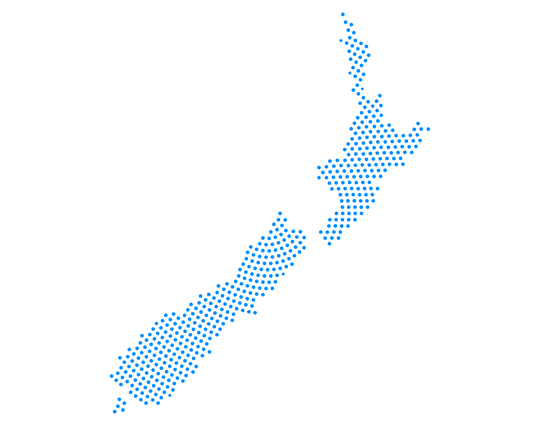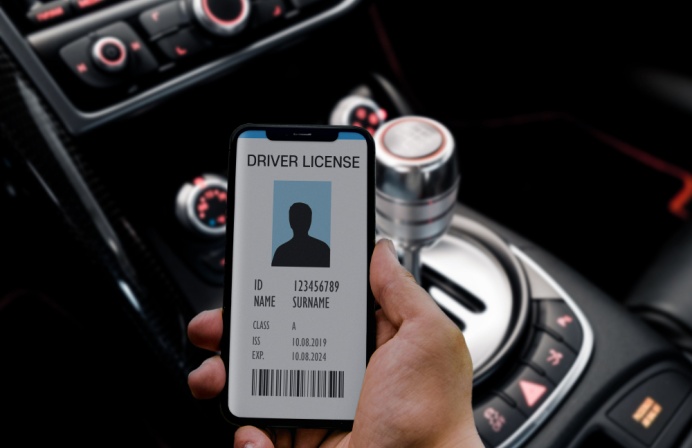
New Zealand has released its first Digital Inclusion Blueprint, laying the groundwork for government and community-based tech accessibility initiatives and a new investment strategy to bridge the digital divide.
Minister for Government Digital Services Dr Megan Woods spoke of the Blueprint as a manifesto for inclusivity, outlining the Ardern Government’s aim to ensure all Kiwis can reap the fruits of the digital world, whilst also identifying groups lacking adequate access to online services.
“That’s what we mean we talk about digital inclusion. As more vital services move online, those who don’t have the skills or access will find it more difficult to go about their daily lives… We want to ensure no one is left out or left behind as more and more of our lives move online,” Woods said.
The NZ Government’s digital inclusion program will be spearheaded by Paul James, Government Chief Digital Officer (GCDO) at the Department of Internal Affairs (DIA), who will collaborate with other entities to support the four inclusion elements: motivation, access, skills, and trust.
With the Blueprint’s timeline extending to 2024, the plan is to scale success, develop fresh approaches, track progress and review initiatives to ensure they reflect the government’s evolving understanding of digital inclusion.
NZ’s The Pulse of our Nation 2017 report revealed certain groups remain at risk of digital exclusion, such as seniors, people with disabilities, people living in rural communities, and families with children living in low socioeconomic communities.
Beyond the Blueprint, the Arden government has other measures in place to curb digital exclusion.
Funded by the Government’s $21 million digital connectivity package, Regional Digital Hubs (RDH) are being built in towns Northpoint, Dargaville and Kaikohe, enabling businesses to connect digitally, accelerating regional economic development.
Meanwhile, the government’s ultra-fast broadband (UFB) rollout is now 77 per cent complete, with over 1 million New Zealanders connected to UFB to date.
“When the UFB infrastructure is fully deployed by the end of 2022, people in more than 390 towns and cities will be able to connect to the country’s fibre network,” says Woods, who believes digital inclusion is a building block to innovation.
“In a world where everyone can participate online, anyone can become a digital creator, innovator and instigator of change,” she said.
This Digital Inclusion Blueprint is an outcome of the Digital Economy and Digital Inclusion Advisory Group established in 2018 to tackle New Zealand’s digital divide.
The full Blueprint can be accessed here.
We’re just a few months away from the FST Government New Zealand 2019 conference – NZ’s premier technology in government forum. Spots are limited! Register now to secure your place.





